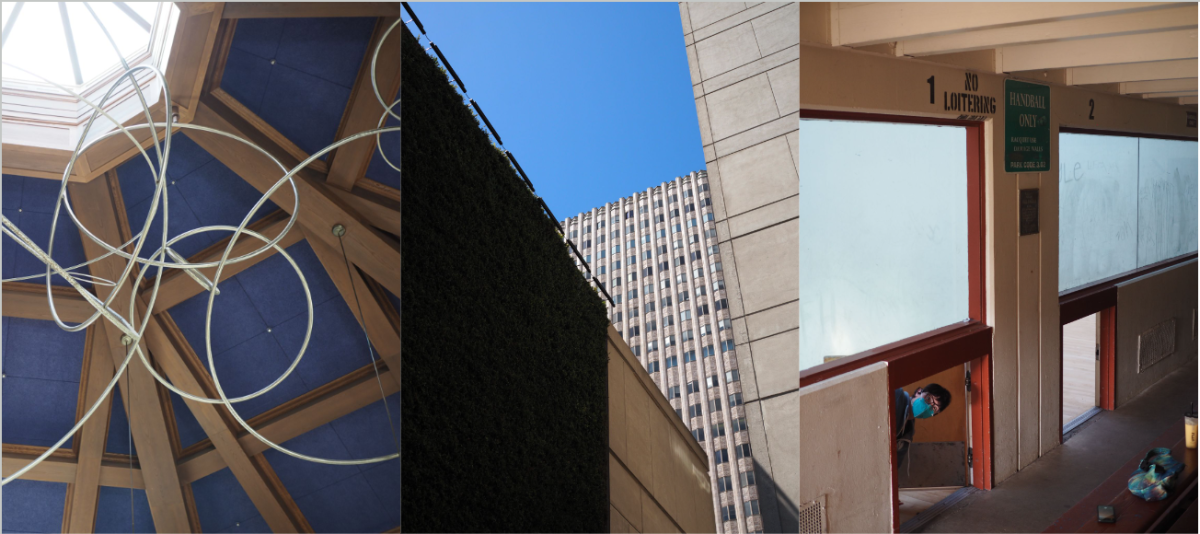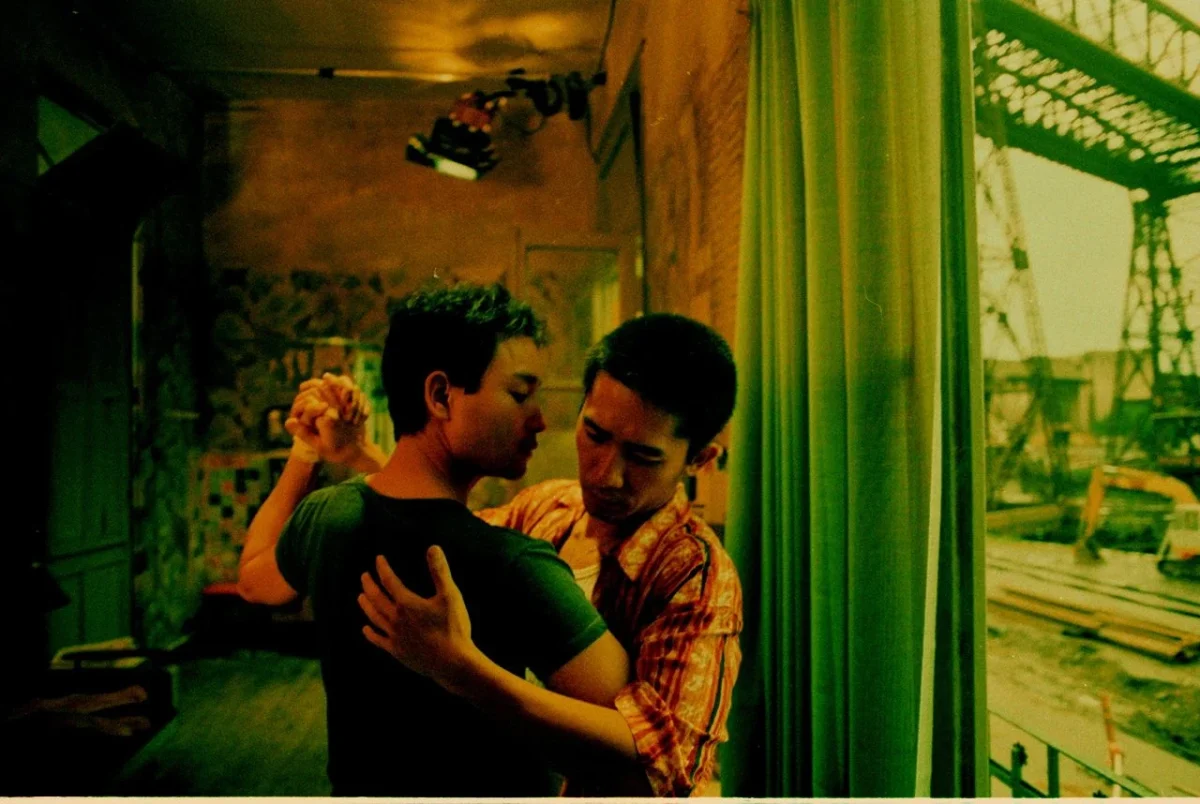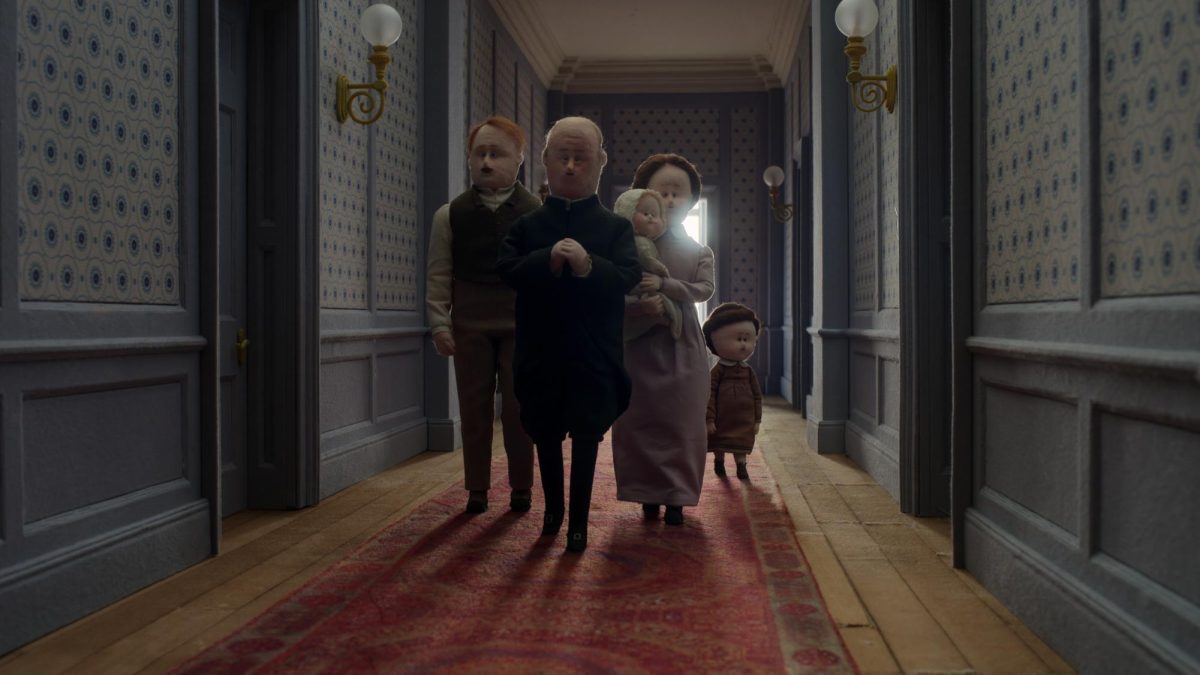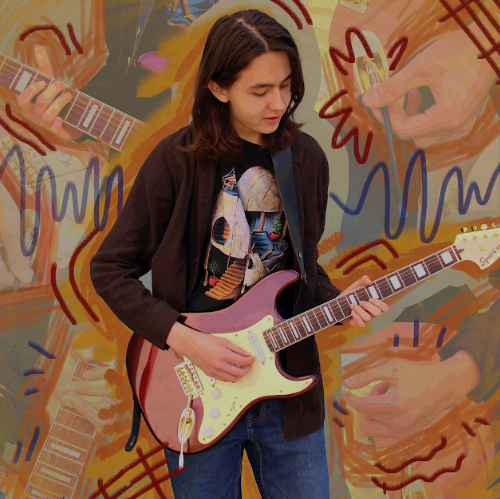Editorial
A s part of the current effort to combat racial disparities at Lowell, faculty members are participating in monthly two-hour Equity-Centered Professional Development (PD) meetings hosted by the San Francisco Coalition of Essential Small Schools (SF-CESS), who intends the program to last for four years.
Some Lowell teachers, who had been trained by SF-CESS, suggested the program to the administration after the Black Student Union walkout in February 2016, according to assistant principal Dacotah Swett. Administrators did not consider another program, as SF-CESS already had a contract with SFUSD, according to principal Andrew Ishibashi.
With the mixed results of the program, the cost, and the lack of transparency, we believe that SF-CESS PD training is not worth continuing and instead the school should consider alternative diversity training programs.
Administrators plan to continue the PD meetings next year, but the school has not yet committed to paying for SF-CESS after this year, because it will depend on the School Site Council budget, according to Ishibashi. The school would need to pay $113,000 each year to hold these PD meetings.

This year, the school was able to pay for the meetings because there was a surplus from higher-than-anticipated freshman enrollment. SFUSD agreed to pay $40,000, and the remaining $73,000 came from the school’s budget.
But the budget for next year is uncertain, and a proposed budget won’t be available until later this spring, according to School Site Council chair Tom Chambers. The budget will depend on costs, enrollment and other factors.
For all four years, the school would have to pay a total of $452,000.
How well is the program working?
Last October, several teachers filed complaints about the PD meetings to the teachers’ union. A Union Building Committee survey showed that 83 percent of the staff agreed with the objectives of the meetings, but just 30 percent considered the meetings necessary and timely. Over half of the staff said they felt that 30-minute classes are too short and would prefer an alternate schedule for the meetings.
“I wish topics were more action oriented and focused on actual Lowell issues.”
Another problem teachers mentioned was lack of student involvement in the meetings. In response, SF-CESS created a group of 20 students from sports teams and cultural clubs, student government and Peer Resources. The student meetings are separate from the teachers but closely aligned with the curriculum the teachers are going through. The students are preparing to sit in on the teacher meetings, possibly in the next year, according to junior Savinnie Ho, who participates in the student group.

In the five meetings held so far since the survey, there have been mixed opinions from teachers, according to Swett.
After every PD meeting, SF-CESS collects written reflections from teachers who attended the meeting, according to Swett. Then, SF-CESS analyzes the information, consolidates it and sends it out to Lowell’s administration. The administration does not see the raw data from the teacher reflections. According to the summary of the reflection analysis for the meeting on Feb. 6, seen by editors of The Lowell, most teachers tended to praise the program, while outliers tended to criticize the program.
A few sample quotes from the reflections include a teacher saying “I wish topics were more action oriented and focused on actual Lowell issues.” Another said they wish they had “time to chat with colleagues and hear their perspectives.”
In The Lowell’s own investigation, we found that some teachers say that so far, the focus has been on communication skills and discussion of race and identity, but the program has yet to explore practical applications in the classroom.
In the February meeting, the staff built relationships with members of their groups by using structured protocols for dialogue, such as making sure each person talked for the same amount of time when responding to a prompt.
Social studies teacher Matthew Prophet said the program intends to go more in-depth, past definitions and protocols, in the future. “Eventually we have to get to a place where we go beyond just defining what we’re talking about and try to get more concretely into exactly what it is they expect us to do and why they want us to do that,” Prophet said.
SF-CESS Executive Director Gregory Peters has previously said that over the course of four years, the program will build up to ways to applying this diversity training to Lowell specifically. However, it is not clear what the plans are for the second, third and fourth years. SF-CESS has not shown the administration a long-term agenda, according to Swett. The SF-CESS website does not provide a description of what the current program includes. The Lowell has emailed Peters numerous times about this issue, but he has not responded.
Some teachers would prefer a shorter program. “Something tighter with longer sessions would probably make it feel like it was moving through the process towards an accumulating process faster than four years,” English teacher Sharn Matusek said. “Four years seems really long.”
“Diversity is part of our school’s culture.”
Some teachers don’t mind the program’s span. “It is a four-year process, so it’s not jumping right in and saying, ‘Here’s the problem, let’s solve it’ because part of what [SF-CESS] truly believes is that that just becomes superficial,” social studies teacher Kristen Lubenow said. “I think in order for it to be authentic change, you have to do self-reflection and I think that is what SF-CESS is asking people to do.”
However, the high turnover rate of teachers presents the problem of the questionable effectiveness of the program, if teachers are only able to participate for part of the four years. In this year alone, 14 new or returned teachers joined the faculty while 15 teachers have left, according to Swett.
“People’s attention and focus might not last for four years and even a percentage of teachers might not be there at the end of four years,” Prophet said.
Alternatives to SF-CESS
The school should consider other diversity training groups that offer a better value than SF-CESS. We should also give greater support to programs built within the school community to promote inclusion among both students and teachers.
For example, another Bay Area group is The Mosaic Project, led by students who have faced racism and now teach others — both students and teachers — how to be culturally sensitive.
The Mosaic Consulting Project is made up four sessions that can be completed within a year, according to the Mosaic Project Chief Operating Officer Brian Lowe, whereas the SF-CESS PD training program has nine sessions per year over four years.
The Mosaic Project’s program includes a workshop with one-on-one student role-playing scenarios, which, as far as we can tell, has not been a part of the SF-CESS trainings. The Mosaic Project would train teachers to react to aggressive behavior and resolve conflict as a bystander using these roleplaying scenarios submitted by students.
The Mosaic Project would charge about $15,000 for Lowell’s 150 staff, according to Lowe. In comparison, SF-CESS charges $113,000 per year, a total of $452,000 for its four-year program.
Whereas SF-CESS focuses their training on teachers, the Mosaic Project is focused on the community as a whole. The program is open to as much student involvement as teachers would like, according to Lowe.
Last summer, Peer Resources invited about 30 Lowell student leaders, two of them from The Lowell staff, to a six-hour diversity training hosted by the Mosaic Project. Peer Resources teacher Adee Horn knew the executive director of the Mosaic Project and was familiar with the work the Mosaic Project had done in the past. Students who attended the training said some of the activities opened their eyes to the struggles of minority groups.
Home Grown Leaders
What’s important is that we as a community are able to independently uphold the idea that diversity is part of our school’s culture.
Furthermore, Lowell can also work towards an inclusive community by alternatively using the school’s money for Peer Resources, which strengthens the bonds between students.
Peer Resources recently conducted a “design-thinking” prototype program in January for its new student-led community-building Cardinal Connections Week (CCW), which was adapted from a week of workshops done at June Jordan High School’s Transformative Week, according to Horn. Some activities were also incorporated from those done in the Mosaic Project summer diversity training for Peer Resources’ student leaders. The prototype was tested on a total of 19 classes over two weeks. In addition, Peer Resources, with help from the Lowell Alumni Association, organized an alumni panel of color to talk to students about racial issues.
To that end, the administration hopes to “home grow” the school’s own diversity leadership within Lowell, according to Swett. The administration is planning to send information soon regarding two week-long sessions of summer leadership training for teachers that SF-CESS is offering. “It is important to have a sustainable leadership program at Lowell that can continue ensuring that we have equity for all students,” Swett said.
Ultimately, sustainability is key, and the design and the hefty price tag of SF-CESS makes it unrealistic to continue the program in the long-run. We need to explore our other options to ensure that our values of cultural inclusivity will continue to be a priority, now and in the future.













